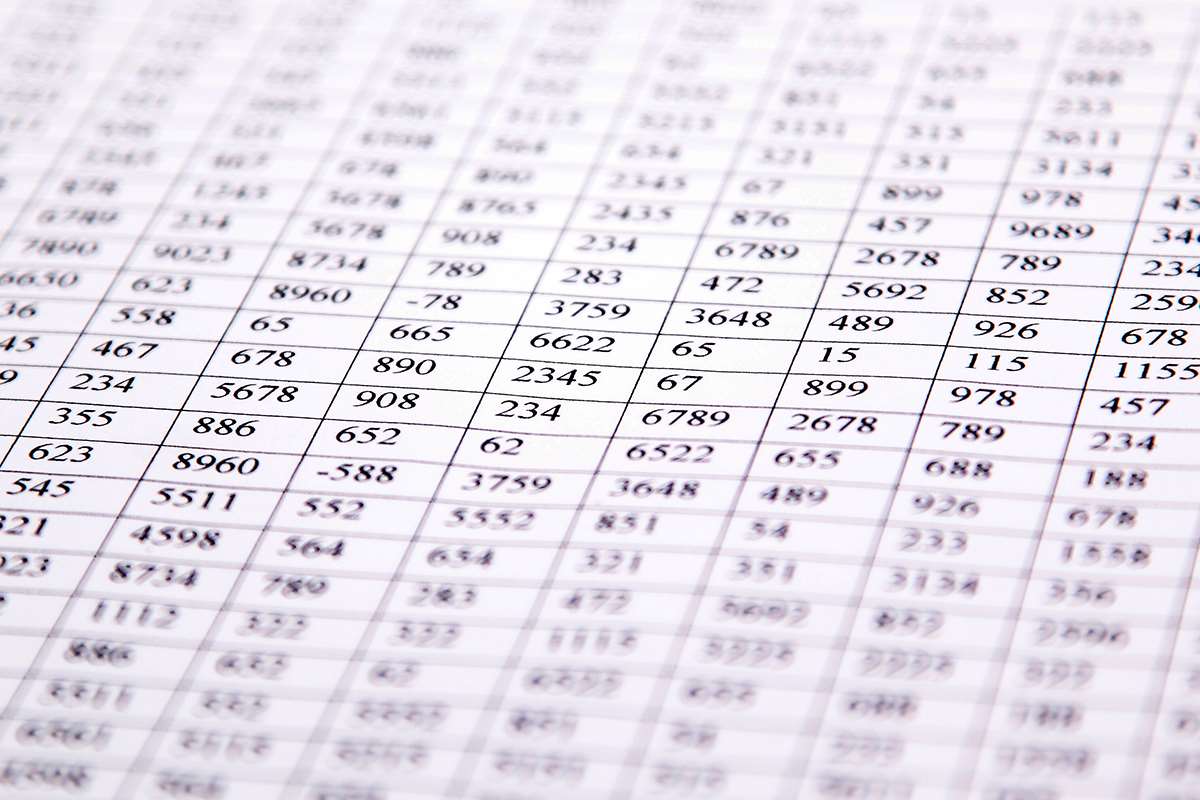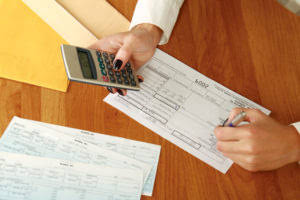What is Double Entry Accounting & Bookkeeping? Example Explanation

Accountants use debit and credit entries to record transactions to each account, and each of the accounts in this equation show on a company’s balance sheet. Credits increase revenue, liabilities and equity accounts, whereas debits increase asset and expense accounts. Debits are recorded on the left side of the general ledger and credits are recorded on the right. The sum of every debit and its corresponding credit should always be zero. Double-entry bookkeeping is based on “balancing” the books, that is to say, satisfying the accounting equation.
Credit vs. Debit Accounting Entries: Impact on Accounts

This bookkeeping system ensures that there is a record of every financial transaction, which helps to prevent fraud and embezzlement. The chart of accounts is a different category group for the financial transactions in your business and is used to generate financial statements. Small businesses with more than one employee or looking to apply for a loan should use double-entry accounting.
Understanding Double Entry
The balance sheet is based on the double-entry accounting system where the total assets of a company are equal to https://www.bookstime.com/articles/gaap-vs-ifrs the total liabilities and shareholder equity. To be in balance, the total of debits and credits for a transaction must be equal. Debits do not always equate to increases, and credits do not always equate to decreases. In the double-entry accounting system, transactions are recorded in terms of debits and credits. Since a debit in one account offsets a credit in another, the sum of all debits must equal the sum of all credits.
- Double-entry bookkeeping requires at least two entries for every single transaction and that debit and credit accounts always equal each other.
- Another column will contain the name of the nominal ledger account describing what each value is for.
- Accountants use double entry bookkeeping to ensure that every transaction is recorded accurately.
- When you earn revenue from sales or other sources, you credit the income.
- A chart of accounts is a handy link between daily business activities and the five accounting buckets – assets, liabilities, equity, income and expenses.
- Depending on your business, your GL will contain several of each type of account.
- You can also use accounting software, such as QuickBooks Online Advanced, which simplifies your financial processes and provides real-time insights into your business performance.
Scenario 4: $1,000,000 Equity Issuance for Cash

Each of these software options has its own unique features and benefits. Expenses are the costs that a business incurs in order to generate revenue. Expenses are recorded in an expense account, which is a type of cost account. When a company buys a new delivery car, it gives the car dealership cash and receives the car in exchange. One asset is going out and one asset is coming in—two sides to the transaction.
Using Accounting Software
- Understanding how these entries work is key to mastering double entry accounting.
- Explore how QuickBooks can simplify double entry accounting for your business today.
- Learners are advised to conduct additional research to ensure that courses and other credentials pursued meet their personal, professional, and financial goals.
- This ensures that all financial statements are in good order and it can also help detect and prevent fraud within the business.
- For example, a copywriter buys a new laptop computer for her business for $1,000.
It’s a reliable method that has stood the test of time, ensuring every transaction is accurately recorded and reported. A double-entry system refers to the system in which the accounts are maintained in a book. Double-entry books have two opposite and corresponding entries that are known as credit and debit. Double-entry meaning also refers double entry accounting meaning to the transactions that are effective in two accounts one that includes debit and the other that includes credit. The accounting equation refers to the detection tool that detects all the errors present in the transactions.
You simultaneously increase (debit) your cash assets because you have more cash to spend in the present. Here, the asset account – Furniture or Equipment – would be debited, while the Cash account would be credited. It is important to note that after the transaction, the debit amount is exactly equal to the credit amount, $5,000. This practice ensures that the accounting equation always remains balanced; that is, the left side value of the equation will always match the right side value.

Double-entry bookkeeping examples
- Transactions are posted to individual sub-ledger accounts as defined by the company’s chart of accounts.
- Yes, with the right tools and resources, such as QuickBooks, many small business owners can manage double entry accounting themselves.
- If you’re wondering how on earth you keep track of all these accounts, the answer is a chart of accounts, which lists every account in your ledger.
- The general ledger, however, has the record for both halves of the entry.
- A given company can add accounts and tailor them to more specifically reflect the company’s operations, accounting, and reporting needs.
- This method takes into account all expenses incurred by the organization, so if actual expenses in any sector exceed estimates, the extra costs can be managed through comparative analysis.
- Double-entry accounting also serves as the most efficient way for a company to monitor its financial growth, especially as the scale of business grows.
The double-entry accounting system keeps accurate records of all types of business transactions. For example, common asset accounts include Cash, Accounts Receivable, and Inventory, while liability accounts might include Accounts Payable and Loans Payable. If bookkeeping you don’t sell products, you don’t need to include an inventory account.
- This method not only provides a clear view of the bakery’s financial health, but also helps the business track its cash flow and manage inventory effectively.
- Additionally, it provides a clear audit trail that can be used to track the flow of transactions and identify any discrepancies.
- By using double entry bookkeeping, businesses can track their financial performance, identify areas of improvement, and make informed decisions based on their financial data.
- For the borrowing business, the entries would be a $10,000 debit to “Cash” and a credit of $10,000 in a liability account “Loan Payable”.
- In contrast, single-entry accounting does not provide the same level of checks and balances.
- Because there are two or more accounts affected by every transaction carried out by a company, the accounting system is referred to as double-entry accounting.
Recording the Journal Entry (Debit and Credit)
For example, when a business purchases equipment for $1,000, it records a debit to the Equipment account (an asset) for $1,000, reflecting an increase in assets. If the business used cash to pay for the equipment, it would record a credit to the Cash account (another asset), reflecting a decrease in cash. It can take some time to wrap your head around debits, credits, and how each kind of business transaction affects each account and financial statement. To make things a bit easier, here’s a cheat sheet for how debits and credits work under the double-entry bookkeeping system.
